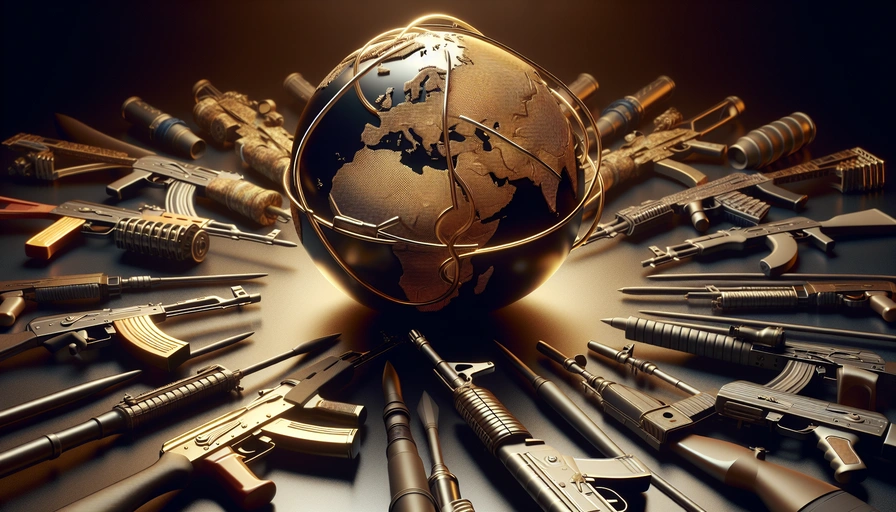The arms trade involving Russia has been a focal point of international attention, especially given the ongoing conflict in Ukraine and the geopolitical tensions surrounding it. Here are some of the latest developments in Russia’s arms trade:
- North Korea’s Support: South Korea’s military reports that North Korea deployed an additional 3,000 troops to Russia between January and February 2025. North Korea continues supplying Russia with weapons, including short-range ballistic missiles (SRBMs), 220 units of 170mm self-propelled guns, and 240mm multiple rocket launchers. These supplies support Russia’s war efforts in Ukraine.
-
Germany’s Involvement: Former Hamburg State Parliament member, Olga Petersen, highlighted Germany’s early involvement in the Ukraine conflict through its provision of weapons to Kyiv. This involvement is seen as direct participation in the conflict, complicating the resolution efforts.
-
US-Russia Negotiations: The US and Russia held technical-level talks in Riyadh, Saudi Arabia, focusing on the Black Sea Initiative and the broader Ukrainian conflict. These discussions included potential sanctions relief and the resumption of Russia’s access to the SWIFT system, which could impact Russia’s ability to conduct international arms trade.
-
Russian Military Deliveries: The United Aircraft Corporation (UAC) delivered a new batch of Su-34 fighter-bombers to the Russian Ministry of Defence, marking the first delivery of 2025. The production of these aircraft has more than doubled in two years, with plans to increase the production rate of Su-34, Su-35, and Su-57 fighter jets.
-
Iran’s Nuclear Issue: Russia plays a crucial role in resolving the Iranian nuclear issue, with ongoing consultations and a trilateral meeting between Russia, China, and Iran’s deputy foreign ministers. This involvement underscores Russia’s strategic partnerships and its influence in global arms trade dynamics.
-
Ukraine’s Military Actions: Ukrainian forces continue to engage in significant military operations, including drone attacks on Russian infrastructure and the deployment of elite special operations forces. These actions highlight the ongoing conflict and the role of arms supplies in sustaining military efforts.
In summary, Russia’s arms trade remains a critical aspect of its geopolitical strategy, with significant support from allies like North Korea and complex negotiations with global powers like the US. The ongoing conflict in Ukraine and the involvement of various international actors underscore the intricate dynamics of arms trade and its implications for global security.

